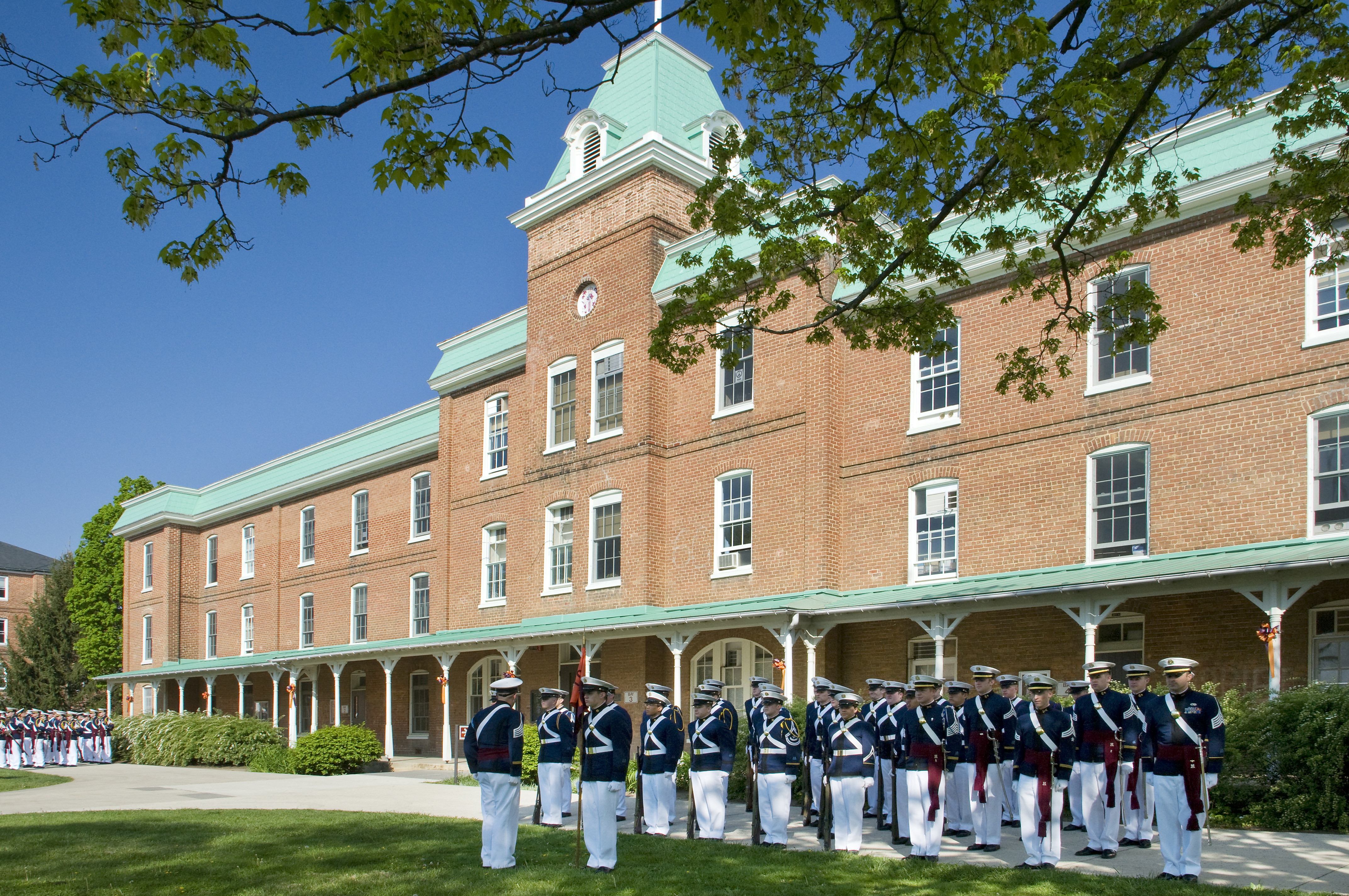Lane Hall receives national historical status

Lane Hall, the traditional home of the Virginia Tech Corps of Cadets, was added to the National Register of Historic Places by the National Park Service.
It is the second Virginia Tech building to achieve the historical designation. Solitude, the oldest building on campus, was added in 1989. Both are on the Virginia Landmarks Register.
“Being added to the National Register of Historic Places is a significant honor for Lane Hall. The building is one of the iconic symbols for the Corps of Cadets,” said Maj. Gen. Randal Fullhart, commandant of the Corps of Cadets. “Pursuing the historical designation demonstrates the university’s commitment to preserving the building and its rich history.”
The Upper Quad area around Lane Hall is undergoing a major transformation. Construction of a new residence hall for the Corps of Cadets is underway and is scheduled to be completed in 2015. One of the former residence halls, Rasche Hall, was demolished in Nov. 2013 and the other, Brodie Hall, will be demolished once construction of the new building is completed.
In addition to new residence halls, the Upper Quad plan calls for a new corps leadership and military science building that will house the corps and ROTC staffs, the corps museum, the tailor shop, and the Rice Center for Leader Development.
The university performed an extensive survey of Lane Hall as part of the historical designation process. It involved photography, examination of floor plans, and a written evaluation of the building's systems and infrastructure.
Lane Hall originally served as barracks for the Corps of Cadets and was called Barracks No. 1. The building was built in 1888 and was formed from five townhouses that were not originally connected. Hundreds of signatures of former cadets, some dating back more than 100 years, are scratched into the building’s bricks and mortar. The barracks housed 130 students until it was converted into academic offices in 1967.
The National Register of Historic Places is the official list of the nation's historic places worthy of preservation. Authorized by the National Historic Preservation Act of 1966, the register is part of a national program to coordinate and support public and private efforts to identify, evaluate, and protect America's historic and archeological resources. There are more than 70 places in Montgomery County and 16 in the Town of Blacksburg that are on the register.
Dedicated to its motto, Ut Prosim (That I May Serve), Virginia Tech takes a hands-on, engaging approach to education, preparing scholars to be leaders in their fields and communities. As the commonwealth’s most comprehensive university and its leading research institution, Virginia Tech offers 240 undergraduate and graduate degree programs to more than 31,000 students and manages a research portfolio of $513 million. The university fulfills its land-grant mission of transforming knowledge to practice through technological leadership and by fueling economic growth and job creation locally, regionally, and across Virginia.


